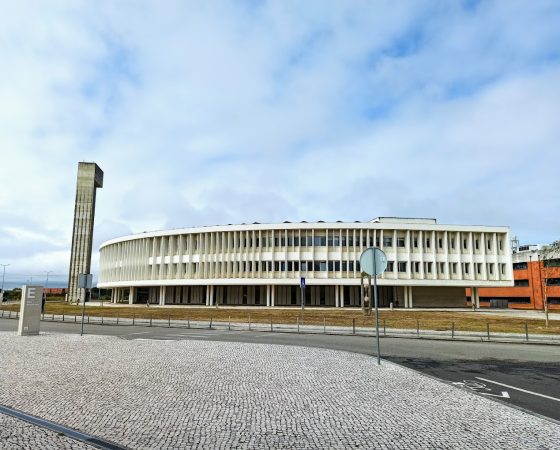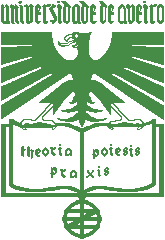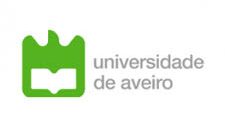
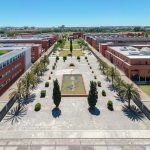
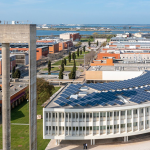
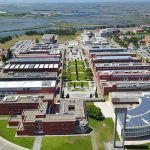

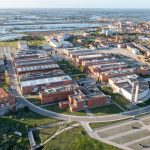
In the year 1974/1975, the course of Electronics and Telecommunications (Bachelor’s degree) and its first 46 students, the UA opened its doors to the public. The focus of the UA was to create degrees in innovative areas, that were not offered by traditional higher education institutions, and in fields that corresponded to the regional and national productive structure. In 1976 courses had already been created in Environmental and Educational Sciences, Natural Sciences and Education, Mathematics and Education, English-Portuguese and Education, and French-Portuguese and Education. The student population was made up of 338 students. In that same year, the first university infrastructures were built, which would later become the University Campus of Santiago.
In the academic year of 1977/1978, the government proposed the creation of a pilot project at the UA: the first Integrated Center for Teacher Training (CIFOP), now known as the Center for lifelong learning (continUA), in the country. The UA welcomed this initiative which aimed to train teachers, from Early Childhood Education through to Higher Education, using innovative curricula and methodologies. By taking this initiave, a major area of expertise was developed at the university – the education and training of teachers. It was João Evangelista Loureiro, former vice-rector of the UA, who was the great driving force behind this project.
Five years after the foundation of the University of Aveiro, a group of students got together and on June 28, 1978, they created the Students Association of the University of Aveiro. Later, this name was changed to Academic Association of the University of Aveiro (AAUAv), a name that is still used today.

